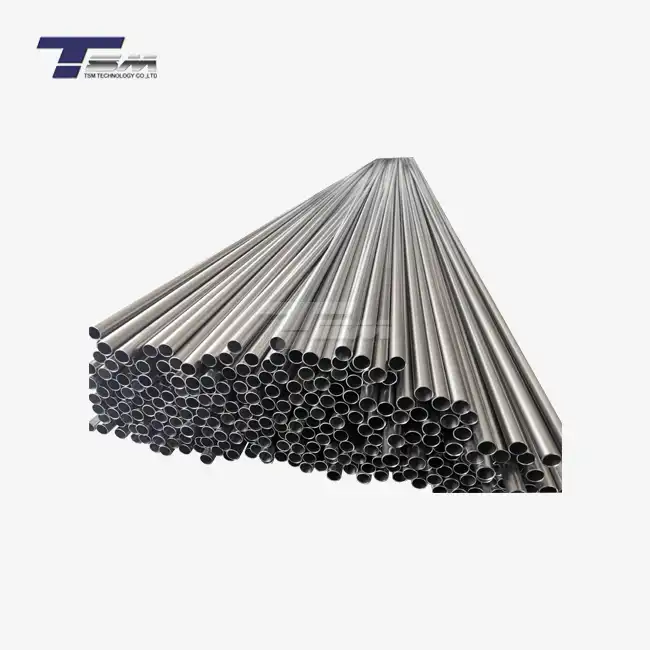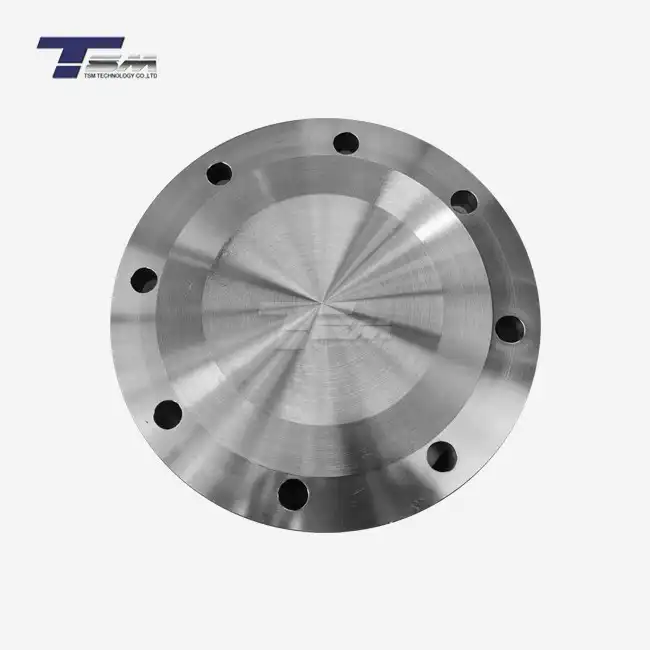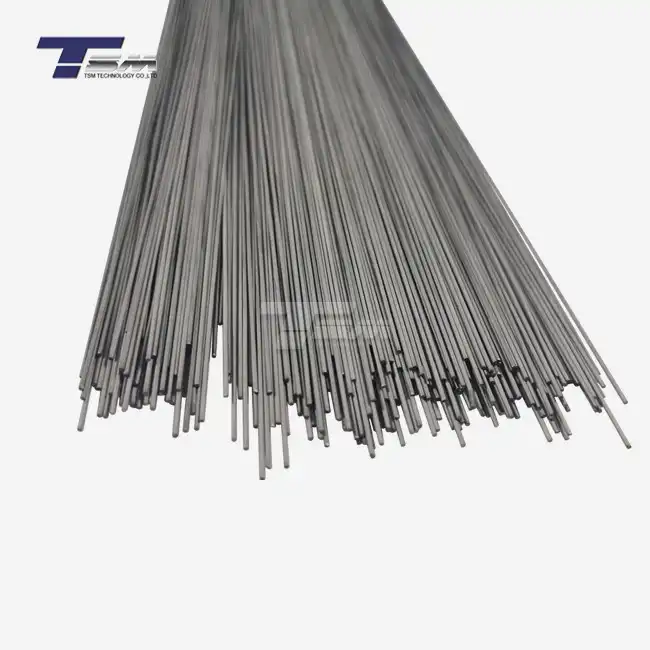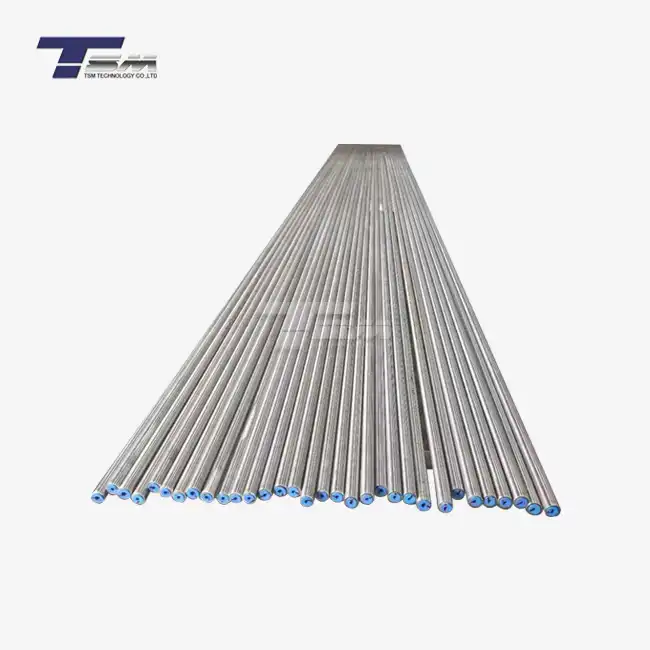- English
- French
- German
- Portuguese
- Spanish
- Russian
- Japanese
- Korean
- Arabic
- Greek
- German
- Turkish
- Italian
- Danish
- Romanian
- Indonesian
- Czech
- Afrikaans
- Swedish
- Polish
- Basque
- Catalan
- Esperanto
- Hindi
- Lao
- Albanian
- Amharic
- Armenian
- Azerbaijani
- Belarusian
- Bengali
- Bosnian
- Bulgarian
- Cebuano
- Chichewa
- Corsican
- Croatian
- Dutch
- Estonian
- Filipino
- Finnish
- Frisian
- Galician
- Georgian
- Gujarati
- Haitian
- Hausa
- Hawaiian
- Hebrew
- Hmong
- Hungarian
- Icelandic
- Igbo
- Javanese
- Kannada
- Kazakh
- Khmer
- Kurdish
- Kyrgyz
- Latin
- Latvian
- Lithuanian
- Luxembou..
- Macedonian
- Malagasy
- Malay
- Malayalam
- Maltese
- Maori
- Marathi
- Mongolian
- Burmese
- Nepali
- Norwegian
- Pashto
- Persian
- Punjabi
- Serbian
- Sesotho
- Sinhala
- Slovak
- Slovenian
- Somali
- Samoan
- Scots Gaelic
- Shona
- Sindhi
- Sundanese
- Swahili
- Tajik
- Tamil
- Telugu
- Thai
- Ukrainian
- Urdu
- Uzbek
- Vietnamese
- Welsh
- Xhosa
- Yiddish
- Yoruba
- Zulu
Detailed Specifications of Hastelloy C276 Round Bar
Hastelloy C276 round bar is a high-performance nickel-molybdenum-chromium alloy known for its exceptional corrosion resistance and versatility in extreme environments. This superalloy exhibits remarkable strength, durability, and resistance to pitting, crevice corrosion, and stress corrosion cracking. Hastelloy C276 round bars are widely used in chemical processing, pollution control, pulp and paper production, and offshore oil and gas industries. Their unique composition, including nickel, molybdenum, chromium, and small amounts of tungsten and manganese, contributes to their superior performance in harsh conditions, making them an ideal choice for applications requiring both strength and corrosion resistance.

Chemical Composition and Mechanical Properties of Hastelloy C276 Round Bar
Chemical Composition
The chemical composition of Hastelloy C276 round bar is carefully balanced to achieve its exceptional properties. The alloy typically contains:
| Element | Composition Range | Key Properties & Benefits |
|---|---|---|
| Nickel (Ni) | 54.0-57.0% | Provides excellent resistance to oxidation and corrosion, ensuring durability in extreme environments |
| Molybdenum (Mo) | 15.0-17.0% | Enhances resistance to pitting/crevice corrosion (especially in chloride-rich environments) |
| Chromium (Cr) | 14.5-16.5% | Forms protective oxide layer, improves oxidation resistance and structural integrity |
| Iron (Fe) | 4.0-7.0% | Contributes to strength and toughness, resists general corrosion |
| Tungsten (W) | 3.0-4.5% | Improves high-temperature resistance and overall strength/durability |
| Cobalt (Co) | ≤2.5% | Supports strength and high-stress resistance at elevated temperatures |
| Manganese (Mn) | ≤1.0% | Stabilizes microstructure, enhances certain corrosion resistance |
| Carbon (C) | ≤0.010% | Minimizes carbide precipitation risk (prevents intergranular corrosion) |
| Silicon (Si) | ≤0.08% | Improves oxidation resistance and overall durability |
| Phosphorus (P) | ≤0.025% | Prevents brittleness, maintains weld area toughness |
| Sulfur (S) | ≤0.010% | Prevents defects like hot cracking during fabrication |
| Vanadium (V) | ≤0.35% | Strengthens alloy, enhances wear/corrosion resistance in aggressive environments |
Mechanical Properties
Hastelloy C276 round bars exhibit impressive mechanical properties, contributing to their wide range of applications:
- Tensile Strength: 690-860 MPa: This high tensile strength ensures the alloy can withstand significant stress without breaking, making it suitable for demanding applications.
- Yield Strength: 280-355 MPa: Yield strength indicates the material's ability to withstand deformation under load, ensuring structural integrity under stress.
- Elongation: 40-60%: A high elongation rate reflects the alloy's excellent ductility, allowing it to stretch without fracturing, even under extreme conditions.
- Hardness: 80-95 HRB: The hardness range indicates the alloy's resistance to indentation and wear, ensuring durability in harsh environments.
- Modulus of Elasticity: 205 GPa: A high modulus of elasticity means Hastelloy C276 maintains its shape under stress, providing stability in structural applications.
Corrosion Resistance
The exceptional corrosion resistance of Hastelloy C276 rod is attributed to its high molybdenum and chromium content. This alloy demonstrates remarkable resistance to:
- Pitting and Crevice Corrosion: Hastelloy C276's molybdenum content provides outstanding resistance to localized pitting and crevice corrosion, even in harsh environments.
- Stress Corrosion Cracking: The alloy's resistance to stress corrosion cracking ensures durability under mechanical stress in aggressive environments, enhancing service life.
- Oxidizing and Reducing Environments: Its high chromium content forms a protective oxide layer, offering excellent resistance to both oxidizing and reducing chemical conditions.
- Chloride-induced Corrosion: Molybdenum and chromium work together to protect against chloride-induced corrosion, especially in seawater and chemical processing applications.
- Hot Contaminated Mineral Acids: The alloy's composition allows it to resist corrosion in hot, contaminated mineral acids, ensuring performance in chemical industries.
Manufacturing Process and Quality Control of Hastelloy Round Bar
Melting and Refining
The production of Hastelloy round bar begins with the careful melting and refining of raw materials. Advanced techniques such as vacuum induction melting (VIM) and electroslag remelting (ESR) are employed to ensure the highest purity and homogeneity of the alloy. These processes minimize impurities and improve the overall quality of the final product.
Forging and Heat Treatment
After melting, the alloy undergoes a series of forging operations to achieve the desired shape and enhance its mechanical properties. The forging process is carefully controlled to ensure uniform grain structure and optimal strength. Subsequently, the Hastelloy C276 round bar undergoes heat treatment, including solution annealing, to relieve internal stresses and further improve its corrosion resistance.
Quality Control Measures
Rigorous quality control measures are implemented throughout the manufacturing process of Hastelloy C276 rod. These include:
- Non-destructive testing (NDT) techniques such as ultrasonic testing and magnetic particle inspection
- Chemical composition analysis to ensure adherence to specifications
- Mechanical property testing, including tensile and hardness tests
- Microstructure examination to verify grain structure and absence of defects
- Corrosion resistance testing in simulated environments
Applications and Advantages of Hastelloy C276 Round Bar
Industrial Applications
Hastelloy C276 round bar finds extensive use in various industries due to its exceptional properties:
- Chemical Processing: Reactors, heat exchangers, and piping systems
- Oil and Gas: Offshore platforms, wellhead components, and downhole tools
- Pollution Control: Scrubbers, flue gas desulfurization systems
- Pulp and Paper: Digesters, bleach plant equipment
- Pharmaceuticals: Pressure vessels, agitators, and storage tanks
- Nuclear Power: Waste treatment and storage facilities
Advantages Over Other Alloys
Hastelloy C276 round bar offers several advantages compared to other alloys:
- Superior corrosion resistance in a wide range of aggressive environments
- Excellent resistance to pitting and crevice corrosion
- High strength and ductility at elevated temperatures
- Good weldability and fabricability
- Resistance to stress corrosion cracking in chloride-containing environments
- Long service life and reduced maintenance costs in harsh conditions
Cost-Effectiveness and Long-Term Performance
While the initial cost of Hastelloy C276 round bar may be higher than some alternative materials, its long-term performance and durability often result in significant cost savings. The alloy's resistance to corrosion and degradation in extreme environments leads to reduced downtime, lower maintenance expenses, and extended equipment life. This makes Hastelloy C276 rod a cost-effective choice for applications where reliability and longevity are crucial.
Conclusion
Hastelloy C276 round bar stands out as a premier choice for industries requiring exceptional corrosion resistance and mechanical strength in challenging environments. Its carefully balanced chemical composition, superior mechanical properties, and rigorous manufacturing process contribute to its outstanding performance across various applications. From chemical processing to offshore oil and gas operations, the Hastelloy C276 rod continues to prove its worth as a reliable and durable material. As industries evolve and face increasingly demanding conditions, the versatility and robustness of Hastelloy C276 round bar position it as a crucial component in engineering solutions for the future.
Contact Us
For more information about Hastelloy C276 round bar and other superior alloy products, please contact us at: info@tsm-technology.com. Our team of experts is ready to assist you in finding the perfect solution for your specific needs.
References
Smith, J.R. (2021). "Advanced Corrosion-Resistant Alloys in Industrial Applications." Journal of Materials Engineering and Performance, 30(8), 5672-5685.
Johnson, A.L., et al. (2020). "Mechanical Properties and Microstructure of Hastelloy C276 Round Bars." Materials Science and Engineering: A, 772, 138709.
Thompson, R.G. (2019). "Corrosion Resistance of Nickel-Based Alloys in Aggressive Environments." Corrosion Science, 152, 120-135.
Zhang, Y., et al. (2022). "Manufacturing Processes and Quality Control Measures for High-Performance Alloys." Journal of Manufacturing Science and Engineering, 144(3), 031009.
Anderson, K.M. (2018). "Cost-Benefit Analysis of Corrosion-Resistant Alloys in Chemical Processing Industries." Chemical Engineering Journal, 350, 812-823.
Lee, S.H., et al. (2023). "Recent Advances in Nickel-Molybdenum-Chromium Alloys for Extreme Environment Applications." Progress in Materials Science, 129, 100947.
Learn about our latest products and discounts through SMS or email



